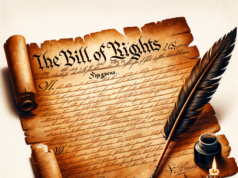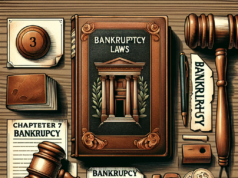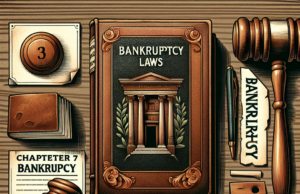
Legal Use of a Moratorium
A moratorium is an authorized period of suspension or delay of an activity in a legal context. Sometimes, a moratorium can be agreed on by the relevant parties. Other times, it is authorized by the law to oppose some sort of operation. A moratorium can also be used to indicate a period of time legally authorized by the law of delay in performance, debt, or another legal obligation. This is often used in emergency situations or times of distress, for example a natural disaster or a war.
A moratorium is often declared by a government body for a variety of reasons. A moratorium’s legality is often judged based on its impact on the parties related to the moratorium. For example, the U.S. Supreme court upheld a 30-day moratorium in 1995 that prohibited lawyer advertising in Florida Bar v Went for It, Inc. On the other hand, the Supreme Court felt that in the 1987 case First English Evangelical Lutheran Church v LA County, the moratorium on property development was unconstitutional.
Moratorium legislation has been passed by various state legislatures as forms of debt relief during emergencies as well. In order to determine the constitutionality of these statutes, the courts first look at the moratorium’s effect on the rights of the parties who have impaired contracts. If the moratorium only changes the remedy for the breach and not the contract terms, the courts will usually find it constitutional, such as in Sturges v Crowninshield.
Furthermore, if the moratorium is passed in response to a genuine emergency, it will most likely be upheld as well, such as in Johnson v Duncan.
In an effort to enforce the law, a state may also use a moratorium to suspend contractual rights when safety, public welfare, or health is threatened. This police power is often carefully limited by the standards of reasonableness. During World War I, there was a housing shortage that caused many New York landlords to raise their rents to extraordinarily high levels. The state legislature passed a moratorium that limited these increase because it was a safety and public health concern. The Supreme Court sustained this ruling in Marcus Brown Holding Co. v Feldman in 1921.
A contemporary example of a debt moratorium was in 1933 when foreclosure rates on farm property rose sharply in Minnesota. The Minnesota Mortgage Moratorium Act of 1933 was passed in response by the Minnesota legislature, which was then challenged in in Home Building and Loan Association v Blaisdell in 1934. The Supreme Court upheld this case because there was a legitimate emergency as well as a societal interest.

























